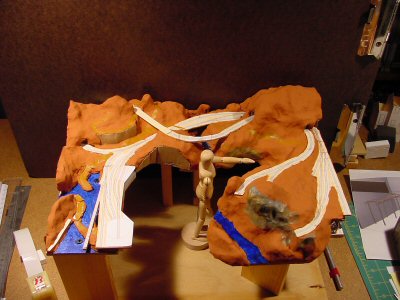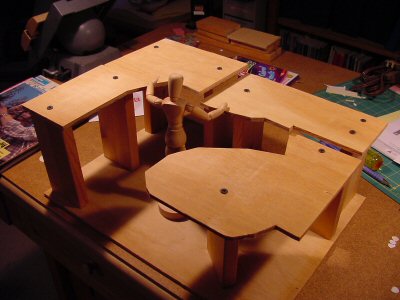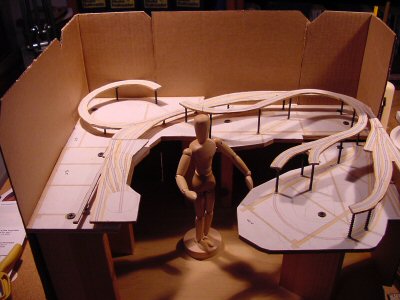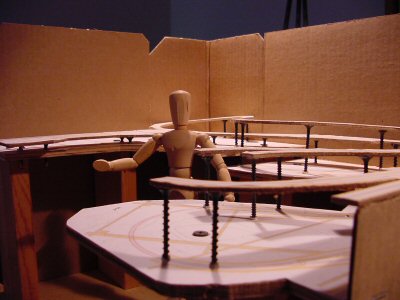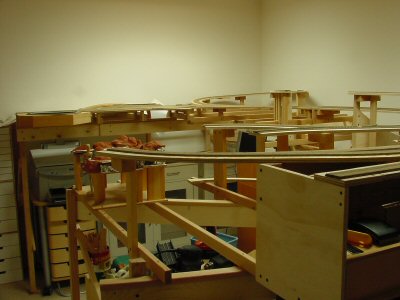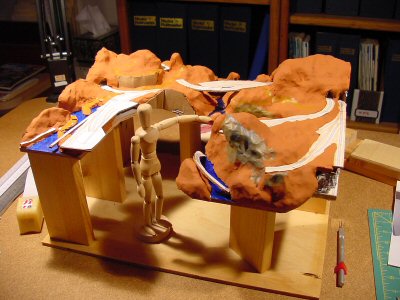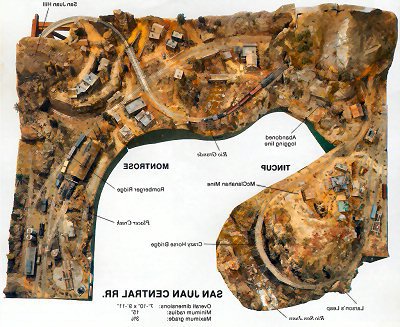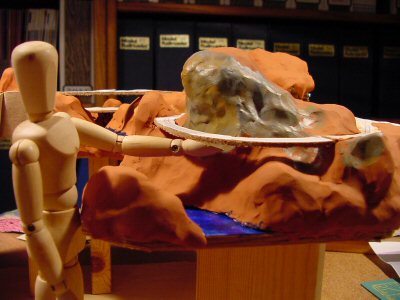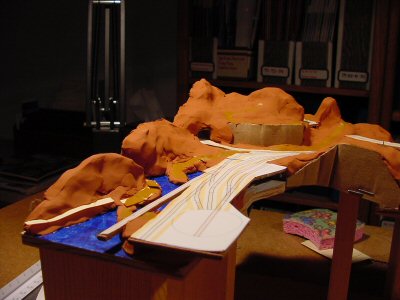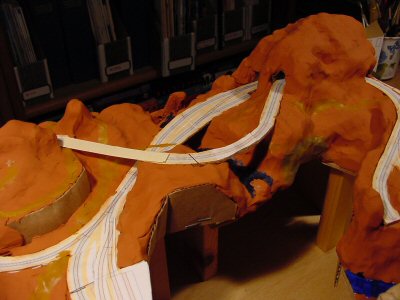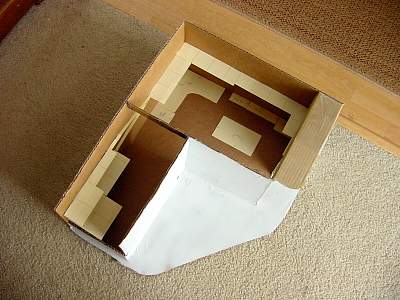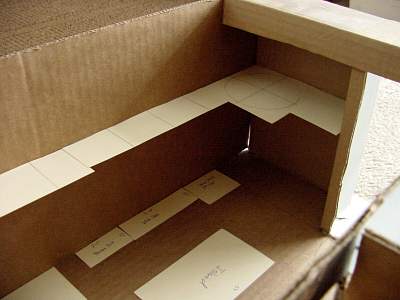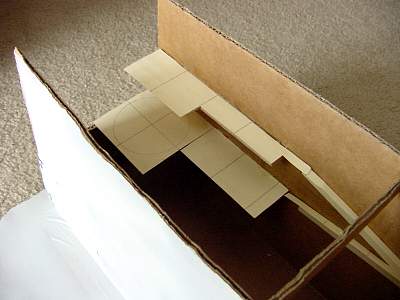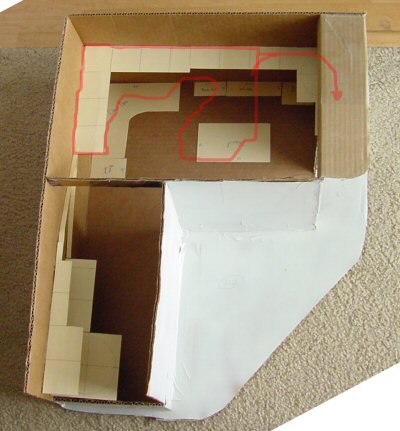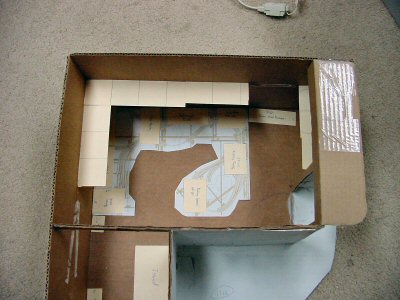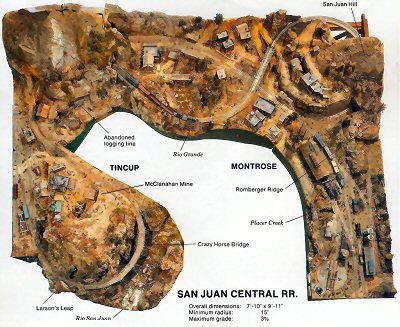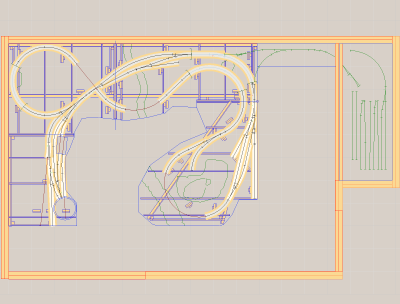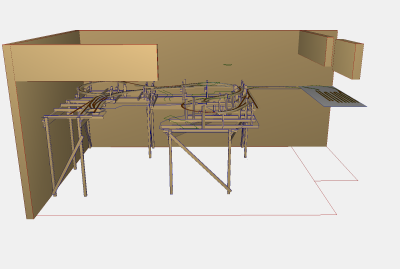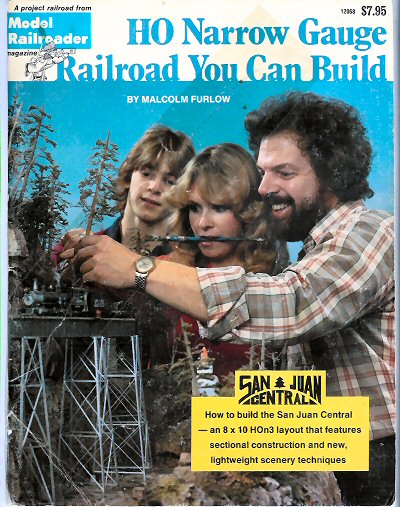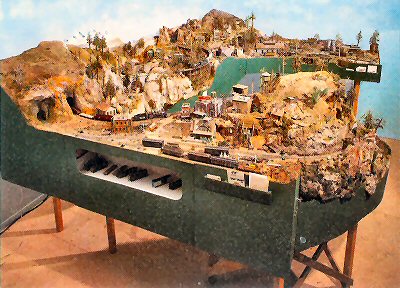Sat 4 Nov 2006
Which model locomotives get mass produced and the affect on the hobby
Posted by Daniel Swearingen under Layout Design , Model Railroading1 comment / Leave a comment
The locomotive is not just what makes the train go, it’s the thing that dictates everything about your layout: turntable size, minimum radius of curves (and turnout frog number), engine house size.
All of these are dictated by the size of locomotives you *want* to run. Availability of locomotives ends up dictating other crucial choices like the railroad being modeled and era – if you want to faithfully model a particular railroad during a particular time you can be stymied by the lack of appropriate model locomotives.
Why is this an obstacle? Of all the things a model railroad needs the locomotive is the one item that is the hardest to build from scratch. Therefore locomotives are the one item where the modeler is the most reliant on manufacturers and importers to supply what the modeler wants.
I model the 1920s and consider myself an advanced modeler. I have no problem building freight cars, passenger cars, houses, boats, bridges, track, power supplies, DCC electronics, layout wiring, etc.
But scratchbuilding a locomotive worries me — mainly because it is so easy to do it badly. The level of precision and design required in making a reliable mechanism (especially in the smaller scales) is very high. For this very same reason, there are only a fairly small number of mass-produced locomotives available.
It is an expensive proposition to bring a mass produced model locomotive to market. In the 1960s, as labor costs rose and the quality and detail demanded by the modeling consumer rose it became extremely expensive, and therefore extremely risky for manufacturers to bring new models into the market. From the 1970s through the early 1990s there were very few new mass produced models introduced.
During this period the batch production brass market thrived. These importers reduced the risk of bringing out a new model by making small batches. While the cost for these items was high, so was the quality.
A recent change is that China currently provides very cheap labor for manufactured goods and this has been applied to the production of mass produced model locomotives that sometimes approach the quality of batch-produced brass models but at 10-20% of the cost (hundreds of dollars versus thousands of dollars).
Despite this opportunity I do not see manufacturers taking advantage of this situation by bringing out a wider range of locomotives. Take for example the fact that there are now at least FOUR models of the 4-8-8-4 “Big Boy” available (Trix, Athearn, Precision Craft, Rivarossi), two USRA Mikados, etc. I agree that there are more new locomotives available, but it seems like manufacturers are still being very conservative.
In the HOn3 Group at Yahoo! (http://groups.yahoo.com/group/HOn3/) there was a thread going about what eras people model and what models get commercially produced. In particular there were calls for more (or ANY) early narrow gauge locomotives in HOn3 such as basic Baldwin 4-4-0s and 2-6-0s.
These small engines were popular on narrow gauge lines from their beginnings in the 1870’s-1880’s through to around WWI. By then, most surviving narrow gauge railroads had started moving to heavier motive power: 2-8-0’s, 4-6-0’s, and especially big 2-8-2’s typified by the D&RG K-class engines. These later, larger engines are really just about all you can get in HOn3.
Has anyone tried making HOn3 engines produced in China like Bachmann’s excellent HO models? Yes, and guess what they produced: D&RG K-class Mikados.
Why be so conservative?
Maybe it’s the customers fault? In the same thread on the HOn3 group mentioned above several people estimated that a retail price for a classic 3-foot gauge Baldwin 4-4-0 would be $250 with a “street price” of something like $150. This tracks closely to the pricing of Bachmann’s new modern standard gauge 4-4-0s.
When the same group was asked how much they would be willing to pay for a classic 3-foot gauge Baldwin 4-4-0, the response seemed to be “much less than that.”
I can see that marketing to model railroaders is not for the faint of heart.
